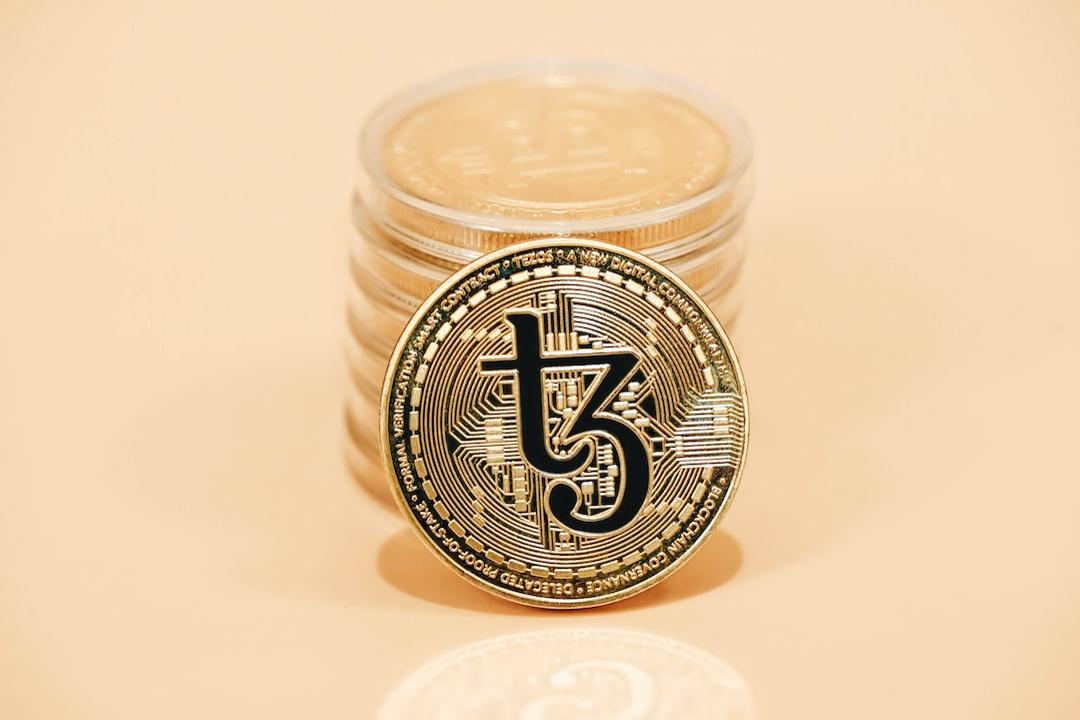YEREVAN (CoinChapter.com) —The US House Financial Services Committee approved the CBDC Anti-Surveillance State Act on April 2.
Lawmakers passed the anti-CBDC bill in a 27–22 vote, moving it to a full House vote. The bill blocks federal agencies, including the Federal Reserve, from issuing or using a digital dollar.

The committee meeting discussed five different bills, but the anti-CBDC bill got the most attention. Tom Emmer, who introduced the bill, said it already passed the full House of Representatives last time, with a vote of 216 in favor and 192 against. The full House means all 435 members of the U.S. House of Representatives voted on it.
This time, the bill has 114 other lawmakers who officially support it, called cosponsors. Several well-known organizations also back it, including the Independent Community Bankers Association, the American Bankers Association, Club for Growth, Heritage Action, and the Blockchain Association.
Emmer called the bill necessary to stop government overreach in digital finance. He mentioned that the CBDC Anti-Surveillance State Act had broad industry support, especially from banking and blockchain organizations.
Republican Lawmakers Push Back Against Digital Dollar
Republican lawmakers still strongly oppose the idea of a digital dollar, also known as a CBDC (central bank digital currency). They believe it would let the federal government watch and track how people spend their money. Because of this concern, many members of the Republican Party (GOP) have asked the Federal Reserve and the Treasury Department to stop working on any plans to create a CBDC.
In March, Tom Emmer brought the anti-CBDC bill back to Congress. He said it was meant to support a rule already made by President Donald Trump. That rule, called an executive order, was signed on January 23. It blocks the U.S. government from creating or using a CBDC in any way. Now, Emmer’s bill tries to turn that executive order into a permanent law by passing it through Congress, which means both the House of Representatives and the Senate would need to approve it.

This marks a continued effort to stop the issuance of a digital dollar by placing direct legal limits on federal authorities.
Ted Cruz Introduces Senate Version of Anti-CBDC Bill
On March 26, 2025, Senator Ted Cruz introduced the Senate version of the Anti-CBDC Surveillance State Act, aiming to block the Federal Reserve from issuing a central bank digital currency. This Senate bill mirrors the version introduced by Representative Tom Emmer on March 6 in the House. The two efforts signal coordinated action by Republicans in both chambers to stop the development of a digital dollar.
The Senate bill outlines several limitations on the Federal Reserve. It would stop the Fed from offering services or maintaining accounts directly for individuals. It would also prevent the Fed from indirectly issuing a CBDC through financial institutions. Additionally, it blocks the use of any CBDC as a tool for monetary policy decisions.
Cruz said the bill is necessary to protect privacy and prevent the federal government from surveilling Americans’ financial behavior. In a statement introducing the bill in 2024 Cruz said, “The Biden administration salivates at the thought of infringing on our freedom and intruding on the privacy of citizens to surveil their personal spending habits, which is why Congress must clarify that the Federal Reserve has no authority to implement a CBDC.”
Several industry groups supported the Senate bill. The American Bankers Association and the Independent Community Bankers of America endorsed it, citing concerns that a CBDC would disrupt the existing banking system. Rob Nichols, president and CEO of the American Bankers Association, said a CBDC would change how citizens interact with the Federal Reserve and could weaken the role of banks in supporting economic activity.

Despite these endorsements, it remains unclear whether the Senate has enough votes to pass the bill. The House is expected to vote on its version first. If that passes, the legislation will move to the Senate for debate and voting before it can reach the president.
Both Emmer and Cruz continue to frame the issue around privacy and control. They argue that without firm legal limits, the creation of a digital dollar could lead to centralized oversight of financial activity by the federal government. Their legislation seeks to stop that possibility before any pilot program or launch can begin.
Stablecoin Regulation Bill Also Moves Forward
The US House Financial Services Committee also approved another bill during the same meeting. This second bill focuses on payment stablecoins. Although it did not receive as much attention as the anti-CBDC bill, it still passed the committee vote. That means it will now move forward to the full House, where all representatives will get a chance to vote on it.
The goal of this stablecoin bill is to set clear and official rules for companies that create and manage stablecoins. Stablecoins are digital tokens that are usually tied to the value of regular currencies like the US dollar. The bill wants to make sure these coins are properly supervised at both the state and federal levels, so that all issuers follow the same rules.
Lawmakers spent less time discussing the stablecoin regulation bill compared to the anti-CBDC bill. However, the bill is still important. For a long time, government regulators have asked Congress to step in and create stronger oversight for the stablecoin market. By advancing this bill, lawmakers are showing that they want to build a full legal framework for different types of digital assets.
Now, both the digital dollar and stablecoin regulation are key topics in US financial lawmaking. These discussions will help shape how digital money is used and controlled in the country going forward.
Meanwhile, the Federal Reserve is still studying the idea of a digital dollar. They are running research projects and internal tests, known as pilot programs, to see how a US CBDC could work in practice. So far, they have not announced any official launch plans or timelines. Still, many observers believe the Fed wants to keep learning about the technology, even while lawmakers continue to debate its future.

